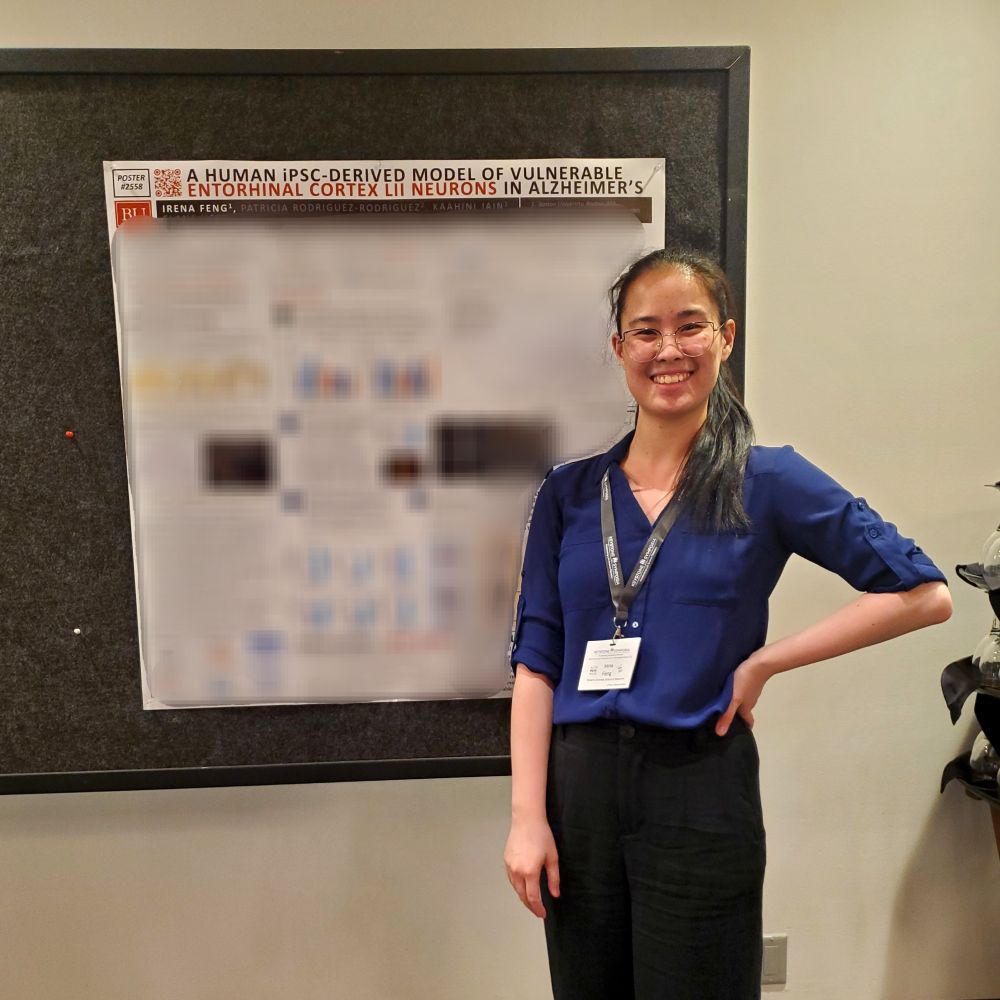Irena Feng
@irenafeng.bsky.social
56 followers
150 following
12 posts
studying neuronal vulnerability in Alzheimer's using cell culture with @jproussa.bsky.social 🧠🧫🧪 • UChicago '19 ➡️ BU MD/PhD candidate + ADRC REC scholar • she/her 🏳️🌈
Posts
Media
Videos
Starter Packs
Pinned
Reposted by Irena Feng
Reposted by Irena Feng
Reposted by Irena Feng
Reposted by Irena Feng
Reposted by Irena Feng
Reposted by Irena Feng
Reposted by Irena Feng
Reposted by Irena Feng
Reposted by Irena Feng
Reposted by Irena Feng
boehninglab
@boehninglab.com
· 21d
Reposted by Irena Feng
Reposted by Irena Feng
Reposted by Irena Feng



























